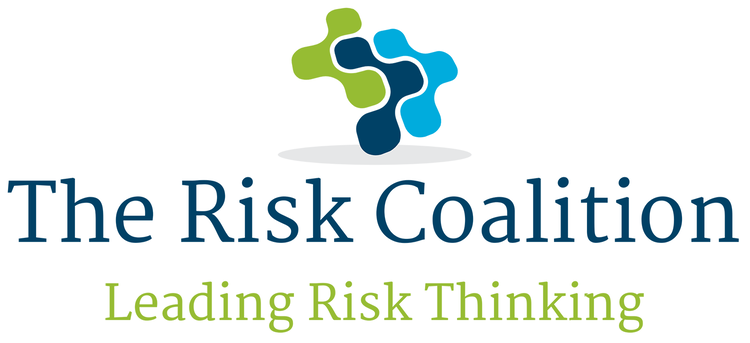Phishing is one of the most prevalent and dangerous forms of cyberattack, affecting businesses of all sizes. With 90% of cyberattacks starting with phishing emails, it’s crucial for business owners and their employees to be aware of the key threats that such attacks present. As cyber criminals become continuously more sophisticated, protecting business data, assets and reputations is critical. Whether by the various types of email phishing, voice phishing, SMS phishing or pop-up phishing, these criminal activities are dangerously easy to fall victim to.
In this blog, I explore three key threats posed by phishing that you should be aware of, and shine some light on how to educate yourself and your employees on the warning signs.
Financial losses
One of the most significant results of a successful phishing attack is financial loss. Cybercriminals often use phishing methods to gain access to financial information and accounts by tricking employees into transferring funds or revealing sensitive information. These can be difficult to detect, especially with the rise of AI aiding cybercriminals in creating more affluent, persuasive emails.
A fraudulent phishing email may be impersonating a member of your organisation, usually the CEO or high-up executive, with urgent demands for a transfer of funds as quickly as possible. Educating employees on your company policies around payments and how to verify a request can be the difference between keeping or losing large amounts of money almost instantly.
By simply clicking a link and filling in account details on a fraudulent website, attackers can gain not only devastating sums of money but also access to company credit cards and confidential information. There are also harsh fines and penalties imposed on employers and employees for breaking the laws of GDPR, even when due to a phishing attack.
Data breach
Unfortunately, when phishing scams prevail, they often serve as a gateway to more extensive data breaches. If the attackers gain your login credentials – due to an employee unknowingly disclosing them on a fraudulent site, or through opening a malicious attachment, for example – the cybercriminals could access your internal networks, customer data, intellectual property and employee records.
Once a data breach has occurred, the fallout is devastating. This is why it’s so important for businesses of all sizes to prioritise cybersecurity and vigilant protection against phishing. If customer data is compromised, trust is eroded as a result, damaging your reputation. Your company may also be liable for legal and regulatory lawsuits or investigations, as well as fines.
One example is the 2017 Equifax breach, in which 13.8 million UK consumers’ confidential data was exposed. The business faced extensive reputational damage and a £11,164,400 settlement with the FCA.
Disrupted business processes
Finally, with internal systems breached and sensitive company information exposed, your processes will likely grind to a halt. The operational implications of phishing attacks can have a crippling effect on business output.
Sometimes, a phishing attack can lead to ransomware being installed on your devices. This is a form of malware designed to lock down critical systems so that cybercriminals can demand substantial ransom payments for their release. The trouble is, the data is already compromised, so paying them to gain back control over your systems is ill-advised.
The prolonged downtime from being unable to access key systems results in losses of revenue and supply chain disruption, which can ripple through the chain and cause widespread delays or setbacks.
Stay vigilant
Phishing threats are constantly evolving, making it essential for everyone within an organisation to stay informed and vigilant. Here are a few tips to protect against phishing:
Verify email sources: always double-check the sender's email address and URL links before clicking.
Educate employees: regularly train staff on recognising phishing attempts and reporting suspicious emails.
Implement Multi-Factor Authentication (MFA): adding an extra layer of security can help prevent unauthorised access, even if credentials are compromised.
Use advanced security tools: install email filtering and anti-phishing software to detect and block phishing attempts.
By understanding these key phishing threats and taking proactive measures, businesses and their employees can significantly reduce the risk of falling victim to cyberattacks. Staying vigilant by continuously investing in cybersecurity and training is one of the best ways to mitigate the risks of phishing and help avoid a potentially devastating security breach.
Polly Williams is a keen tech-lover and business advisor. She enjoys sharing her knowledge to help business owners scale their enterprises and avoid common pitfalls.

